8. Violence At Noon (1966)
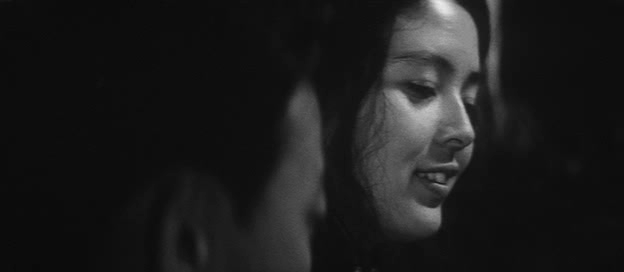
Oshima’s Outlaw Sixties is one of the greatest and unmissable collections of radical Japanese Wave films, and “Violence At Noon” is another entry on this list. His characters are generally outlaws, criminals, rapists, murderers, immoral, or anarchists. He has again touched on the theme of sex (especially rape) and crime in this film. The brilliant parts about this film are mainly the cinematography and editing.
This film’s protagonist usually attacks at noon by entering random homes and raping the women there. One such raped woman falls in love with him, but he has his own wife. The whole story is about the love triangle between these three characters. These women know that this man is a rapist, murderer and criminal. They are afraid of him but they can’t help feeling attracted to him.
9. Boy (1969)
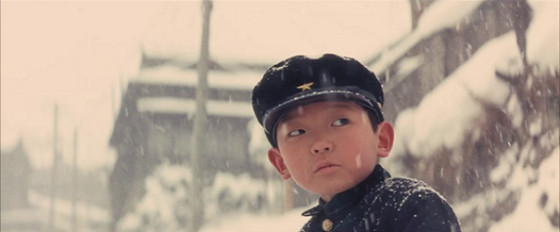
Like many of Oshima’s films, it is also based on the real incidents of a family who used to fake accidents and take money from vehicle drivers. At the time of its release, it wasn’t very acclaimed like his other films. Critics have criticized it for its different style that Oshima hadn’t used before.
Of course, he is very different here and is different in almost all of these films in style, cinematography and technical aspects. However, nowadays, “Boy” is hailed by many cinephiles as a masterpiece and is revisited a lot. This film also touches on the subject of crime, but here, crime is done by a little boy.
Here, a nameless little boy usually pretends to be hit by cars, which is how he fakes accidents. To run away from legal retaliation, those drivers find it better to give money according to the boy’s demands. That’s how he makes money. Why does he get involved in these dangerous activities? To serve his dysfunctional family. Otherwise, his parents will beat him. This is the primary plot of this film. To know about the very realistic status of these types of people, you should watch this interesting crime film.
10. Three Resurrected Drunkards (1968)
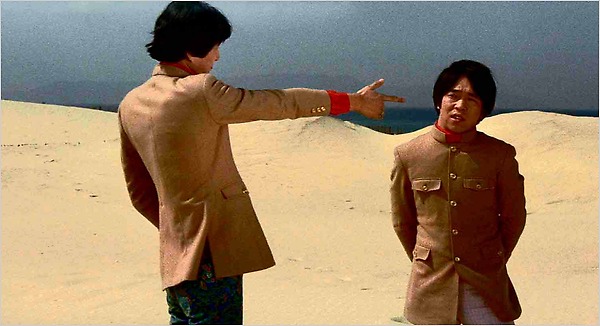
Oshima has again slammed Japanese prejudice toward Koreans like in his previously mentioned masterpiece “Death By Hanging” made in the same year. This one is shown comically, sometimes using a documentary-like style. It’s also included in his box set of Oshima’s Outlaws Sixties, another entry on this list.
Here, what kind of story is taken by Oshima to show sympathy for Koreans? Three students end up in a trap while swimming: their clothes are replaced by Korean clothes. Then they know that they are in a big trouble since Japanese used to hate Koreans at that time. After that, they had to face problems like being imprisoned and going to the Vietnam War.
Oshima has tried to depict the real problems of Korean ethnicity in Japan in a more realistic but funny and exaggerated style. Death seems to be allegorical but this is an interesting drama to know about Japanese prejudice and racial discrimination.
11. Pleasures of the Flesh (1965)
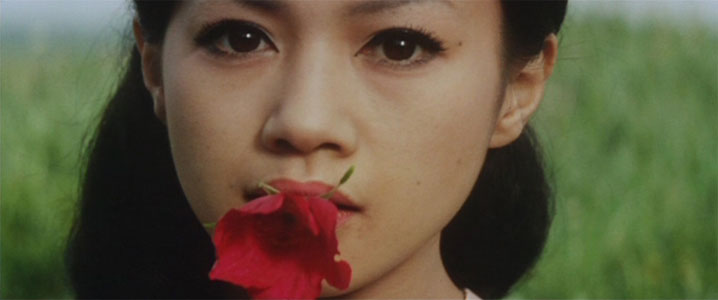
This is the fifth and last entry of Oshima’s Outlaws Sixties on this list. It is the first film from his production company, which again has themes of crime, sex and love. Its story somehow resembles some Hitchcock films, but Oshima has shown the scenes, characters and story in his own typical style.
One thief witnesses an incident where the film’s protagonist murders a man. Then, that thief blackmails our protagonist to keep his money and give it to him after he gets out of jail. Otherwise, he threatens to tell the police of that crime.
An interesting story then begins when the protagonist’s girlfriend marries another guy, and he becomes hopeless, aimless and nihilistic. He began to spend that money, planning to finish and after that witness comes out of jail, he will kill himself. That’s how this crime film goes. Its ending is unusual and unpredictable.
12. Night and Fog in Japan (1960)
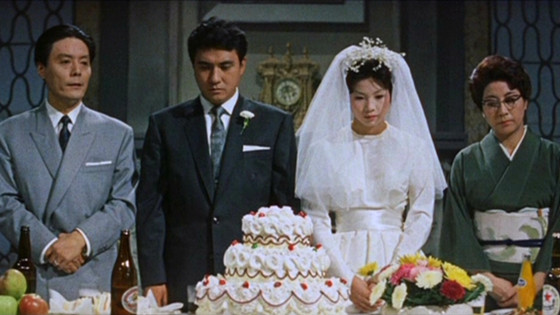
Oshima is a radical, left-wing political thinker and a provocateur as well. He provokes and exaggerates the events, contents and his characters too much. Just see his films like “Death By Hanging” and “Three Resurrected Drunkards”. Similar in title to Alain Resnais’ famous documentary “Night and Fog”, Oshima’s “Night and Fog in Japan” is explicitly a Marxist film that was influenced by incidents regarding left-wing political movements in his country. The Japanese Communist Party was fragmented into many parts, which angered Oshima.
To analyze and criticize this, he chose a provocative and exaggerated story of a marriage between a former left-wing student (bride) and a current activist (bridegroom). Then Oshima made some political guests enter the wedding ceremony to try to stop the marriage process. They accuse the couple of forgetting the political commitments during the students’ left-wing movements. Then there starts a very intriguing political dialogue and story.
What Oshima tried to do was show the possibilities of the reconciliations between the fragments of the communist party and their weaknesses, especially political mistakes. This film was a very audacious effort at that time. Oshima says, “My film is the weapon of people’s struggle”. Yes, he was freaking right.
13. Diary of a Shinjuku Thief (1969)
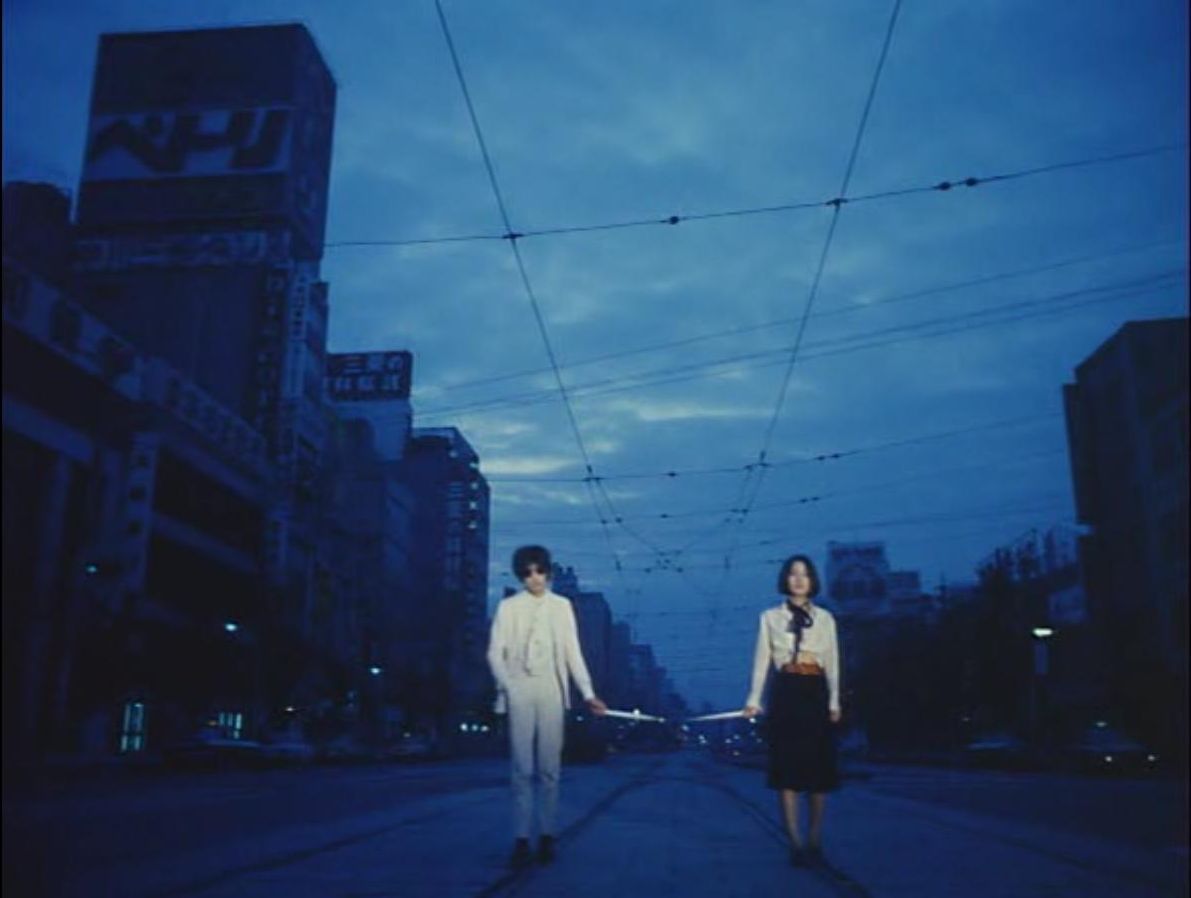
This is another political film that touched the subjects like crime and sex as well. Oshima has again provoked his characters with sexual and criminal activities, which can actually be analyzed with the metaphor of the revolution. His style is more mastered here than in his previous films. His characters are, as in most of his other films, free, anarchist, criminal, anti-social and lusty.
A book thief (male protagonist) is caught by a store clerk (female lead). Their frequent encounter ends up in a romantic relationship. They then decide to steal books jointly. They start their sex life; sex scenes are shown very stylistically.
The best part of this film are the camera movements and editing. Both black and white and color are used beautifully.
14. Cruel Story of Youth (1960)
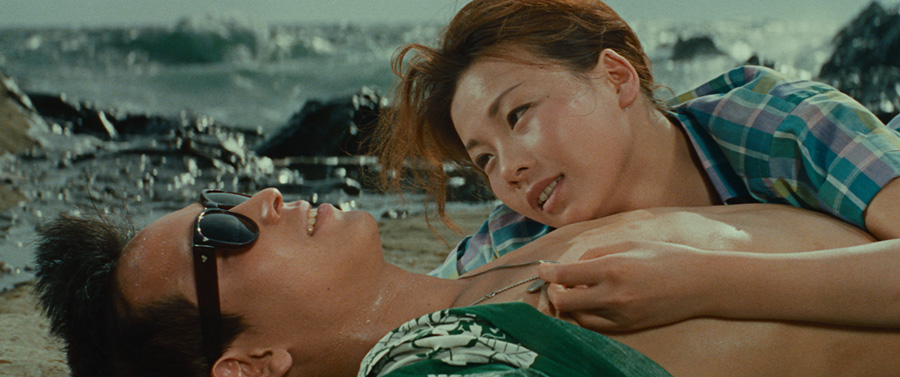
Oshima has used the theme of sex since the beginning of his career. He has shown a certain amount of nudity here at the time when there was strict censorship all around the world. Japan was no exception. But this radical director unhesitatingly took the subject of sex and sex-obsessed young characters to rebel against traditional authority.
When leading directors like Kenji Mizoguchi, Ozu and Kurosawa were busy only glorifying Japanese culture and idealism, Oshima was against all these. He was a left-wing political activist during his student years, after all. He chose the adolescent youths who get involved in crime and rape.
It is very similar to the films of the French New Wave. A highly influential film for many directors and Japanese New Wave, it was actually a breakthrough for Oshima himself since its box-office success led him to make other films. Although not up to the level of Oshima’s other films, it is still a classic worth watching.
15. Gohatto (1999)
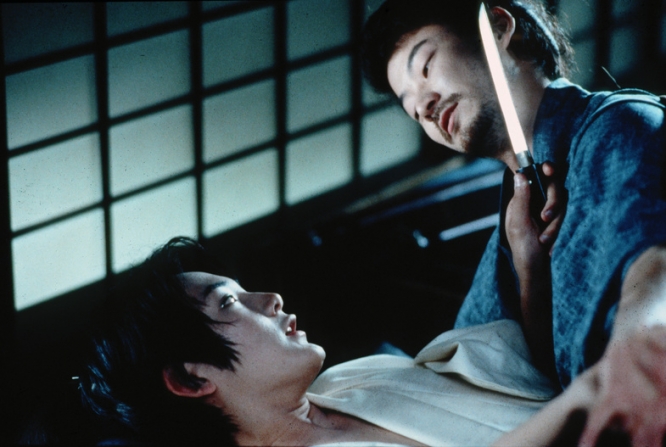
Oshima has merely made Jidaigeki films. One name is “Empire of Passion” and another is this: “Gohatto”, which means “taboo” in English. Oshima has used the theme of homosexuality. A homosexual samurai film? Yes! This is his final film and a very good one. He again proved that he is a very radical filmmaker (doesn’t mean that being a homosexual is radical though).
This film might have shocked many Japanese audiences as well as other countries’ audiences who know at least something about samurai culture. How can these samurais be homosexuals who seem so manly, virile, tough and war-like? No one can imagine that.
And was there really the existence of homosexuality in samurai groups? Ang Lee made a similar effort in his film “Brokeback Mountain”, where he has depicted two male homosexual lovers who were also cowboys. This film might have shocked many American audiences.
Anyway, Oshima has always shown that he is always a young, provocateur, leftist and all. He has shown that he doesn’t hesitate to do anything in film.